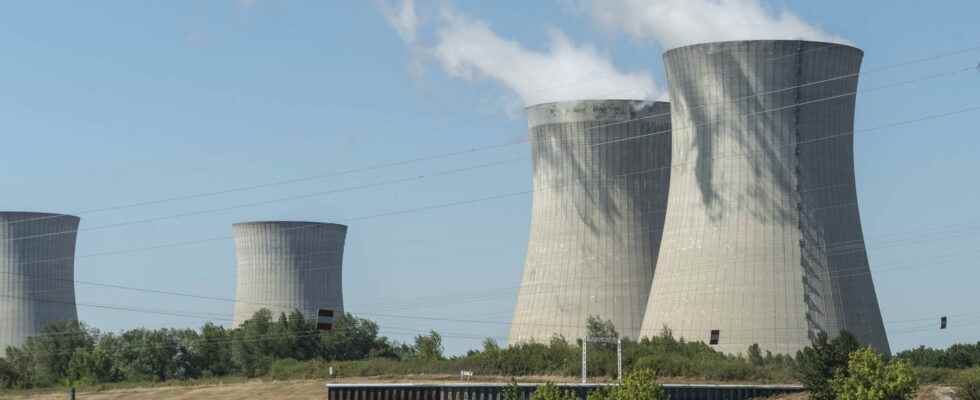ZAPORIJIA. Experts from the International Atomic Energy Agency will visit the nuclear power plant in Zaporizhia, Ukraine, at the end of the week to ensure the proper functioning and security of the site controlled by the Russians.
[Mise à jour le 29 août 2022 à 9h03] The International Atomic Energy Agency (IAEA) is expected at the Zaporizhia nuclear power plant “this week”. The arrival planned for the next few days was announced on Monday August 29, 2022 by the director of the agency, Rafael Grossi, who had been requesting this trip for several months. “We must protect the security of Ukraine and the largest power plant in Europe,” the IAEA official added on Twitter. A mission of the utmost importance after a succession of events which increased the “real risks of nuclear disasters” near Zaporizhia. In August 2022, the plant and the neighboring towns were targeted by repeated bombings and worse, the plant was disconnected from the electricity grid, jeopardizing the cooling of the reactors. The situation has not degenerated and the plant has been connected to the network, but the risks still hang over the site, which has become one of the main battles of the war in ukraine and still occupied by Russia.
The intervention of the IAEA at the nuclear power plant in Zaporijia created the event after months of negotiations between Russia and the UN. The Kremlin, which opposed interference from the IAEA, an organization dependent on the United Nations, ended up accepting a mission passing through Ukraine and not through Russia. However, this small cooperation does not sign the easing of tensions near Zaporijia. The last warning concerning the nuclear power plant was issued by the Ukrainian nuclear operator Energoatom on Saturday August 27 against the risk of radioactive leaks and fires after new strikes.
Zaporizhia nuclear power plant disconnected, what does that mean?
It is a historical fact that happened, leading to fear the worst for Ukraine and Europe. The Ukrainian power plant in Zaporizhia was disconnected from the Ukrainian electricity grid on Thursday August 25, 2022, after bombings on the power lines that supply it. However, its permanent connection is necessary for the cooling of the reactors. Without cooling, overheating them could lead to a nuclear accident. Fortunately, the situation did not worsen, a backup system having taken over in order to maintain a certain level of cooling of the site. Before the connection is finally fixed.
What are the risks at the Zaporizhia nuclear power plant?
However, on the side of the International Atomic Energy Agency, there is concern. “The installation is working, but with difficulties, so that in the current circumstances the scenario of an accident cannot be excluded. There are continuous interruptions in the electricity supply, problems with spent fuels… An accident makes you go from green to red without transition. So, I am indeed worried” affirmed Rafael Mariano Grossi, the director general of the IAEA, in an interview granted to the World.
It must be said that changing the source of electricity supply at the Zaporizhia nuclear power plant is not as simple as unplugging and plugging in a lamp at home. Procedures must be followed scrupulously. According to the boss of Ukrainian nuclear, Petro Kotin, 90 minutes without electricity would be enough for the temperature of the reactors to become worrying, evoking the possibility of a start of fusion on the site within this period.
Where is the Zaporizhia nuclear power plant located?
The Zaporizhia nuclear power plant is located on the banks of the Dnieper River, in the southern part of Ukraine. The site is not in the direct vicinity of the city, but about fifty kilometers as the crow flies to the south-west of the town. It is precisely installed on the territory of the city of Enerhodar.
While Ukraine currently has five nuclear power plants on its territory, that of Zaporijia is the most powerful in Europe.
